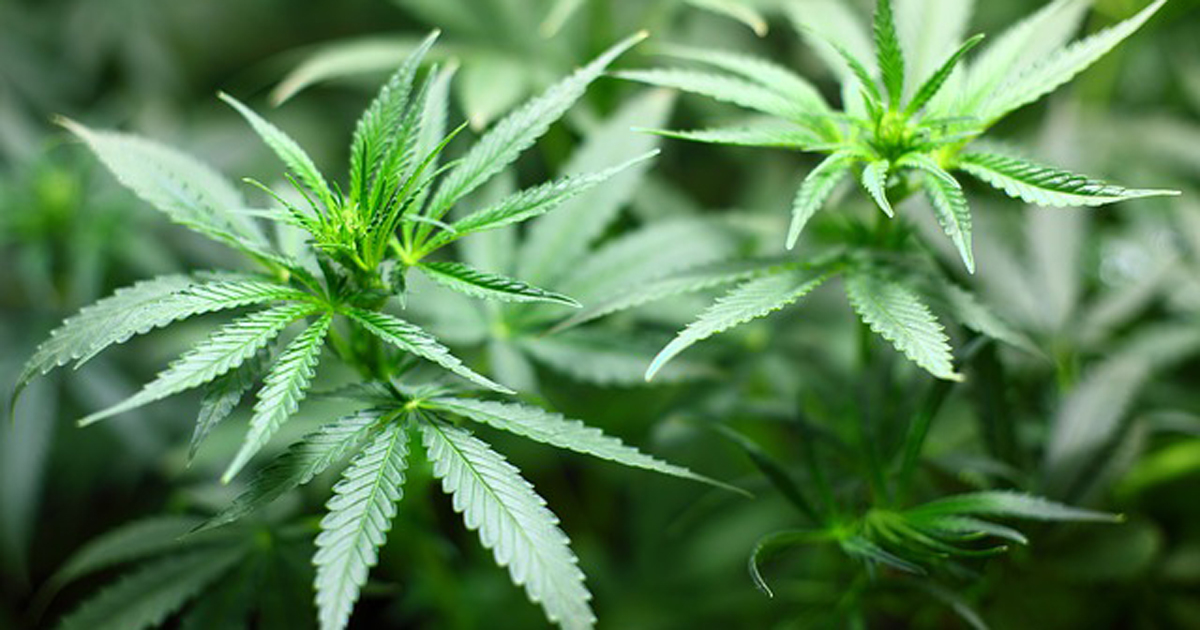Young adults with chronic diseases report more daily marijuana use

Patients with medical conditions are more likely to use marijuana than those without, with 11.2% of young adults living with chronic disease using it daily, according to survey results published in JAMA Open Network.
“Although marijuana is still classified as a Schedule I drug at the federal level, as of June 2019, 33 states and Washington, D.C., have legalized one or more forms of marijuana, with 11 states and Washington, D.C., having approved both medical and recreational uses,” Hongying Dai, PhD, of the University of Nebraska Medical Center, told Healio Rheumatology. “Public opinion on marijuana has changed dramatically over the last 2 decades and support for legalization has doubled since 2010. However, very little is known about the prevalence and patterns of marijuana use among adults with medical conditions.”
To analyze the prevalence and patterns of marijuana use among adult patients with and without medical conditions, Dai and colleagues studied data from the 2016 and 2017 Behavioral Risk Factor Surveillance System (BRFSS) surveys. According to the researchers, the BRFSS is the largest health survey in the United States, with a combined total of 936,945 respondents for 2016 and 2017.
The survey, administered through random-digit-dialing telephone calls, included questions regarding health-related risk behaviors, chronic health conditions, and use of preventive services. For their study, the researchers included 169,036 survey respondents.

Dai and colleagues assessed marijuana use based on answers to the survey question, “During the past 30 days, on how many days did you use marijuana or hashish?” Participants who reported that they used the drug on 1 day or more were defined as current marijuana users. Those who said they used it 20 to 30 days were categorized as daily users.
The researchers assessed chronic health conditions based on the survey question, “Has a doctor, nurse or other health professional ever told you that you had any of the following?” with possible answers including stroke, heart attack, angina or coronary heart disease, asthma, COPD, diabetes, arthritis, kidney disease, skin cancer, depressive disorder and other types of cancer.
According to the researchers, respondents with medical conditions demonstrated higher odds of reporting current marijuana use, compared with those without medical conditions, with an adjusted OR of 1.8 (95% CI, 1.5-2.1) for adults aged 18 to 34 years, 1.4 (95% CI, 1.2-1.7) for those aged 35 to 54 years, and 1.6 (95% CI, 1.3-2) among those aged 55 years or older. This was especially true among patients with asthma, COPD, arthritis, cancer and depression.
Among respondents with medical conditions, the prevalence of marijuana use decreased with increasing age. For current marijuana use, prevalence ranged from 25.2% (95% CI, 22-28.3) for those aged 18 to 24 years to 2.4% (95% CI, 2-2.8) among respondents aged 65 years or older. For daily use, prevalence ranged from 11.2% (95% CI, 8.7-13.6) for respondents aged 18 to 24 years to 0.9% (95% CI, 0.7-1.2) among those aged 65 years or older. Among adults who used marijuana, either with or without a medical condition, 77.5% (95% CI, 74.7-80.3) reported smoking as their primary method of administration.
Respondents with medical conditions were more likely to report using marijuana for medical reasons (45.5%; 95% CI, 41.1-49.8), compared with those without medical conditions (21.8%; 95% CI, 17.8-25.7). In addition, those with medical conditions were less likely to report using marijuana for recreational purposes (36.2%; 95% CI, 32.1-40.3), compared with those without (57.7%; 95% CI, 52.6-62.9).
“Adults with medical conditions have an increased risk of using marijuana, especially those with respiratory conditions, cancer and depression,” Dai said. “At present, marijuana use prevalence decreases with age, even among people with medical conditions.”
“Clinicians should screen for marijuana use among patients with medical conditions and initiate open discussions with patients about the benefits and adverse health effects of marijuana for their comorbid conditions and long-term health,” she added. “For instance, the benefits may include pain management, ameliorating chronic conditions such as epilepsy and multiple sclerosis, and relieving anxiety, stress and depression. However, patients should also be informed of adverse health effects including respiratory symptoms, cognitive decline, neurological changes, and psychiatric conditions including addiction as well as potential long-term health consequences include cancer, COPD and heart disease.” – by Jason Laday
Disclosure: The researchers report no relevant financial disclosures.

